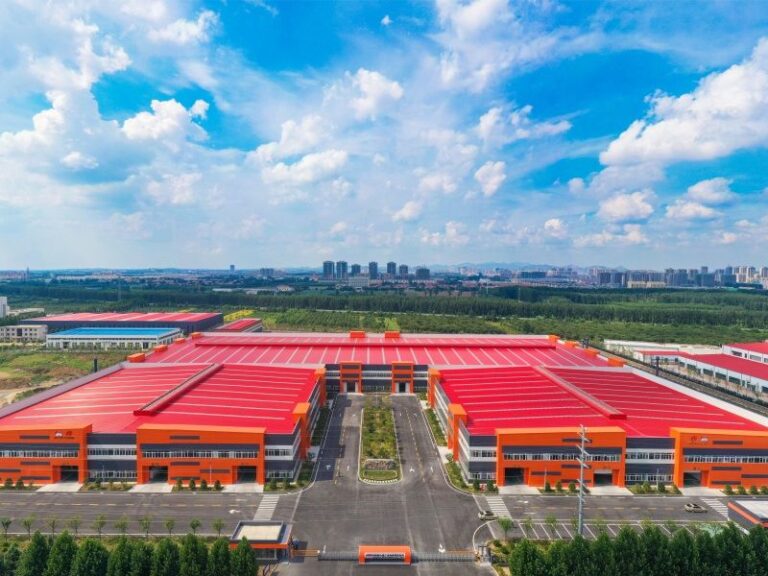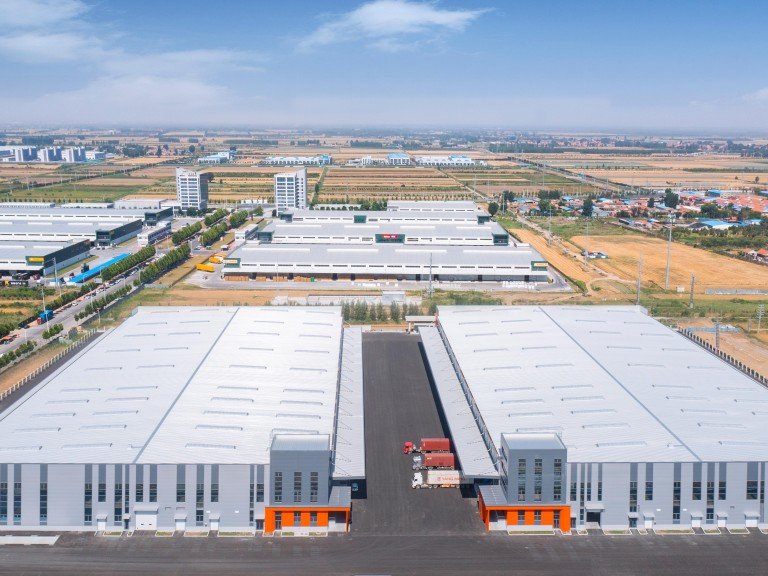Many of the problems associated with traditional building materials do not occur with metal buildings. Steel buildings do not have to worry about decay, mold, or termite damage. However, they can suffer from condensation problems caused by excessive water build-up. Humidity and condensation can damage your building and what is inside. There are simple and affordable ways to prevent condensation in metal buildings to extend the life of your steel structure.
Table of Contents
Project Planning and Initial Requirements
Prefabricated metal buildings offer you many design and creative possibilities. Metal building framing can withstand most of the effects of the natural environment and can make good use of irregular areas. Metal buildings have many advantages and are the perfect solution to many problems.
So why does too much water cause such a problem? If the humidity is high, condensation can form inside metal buildings. If you can find a way to prevent condensation, your building will stay safe, warm, and dry for many years.
First, let’s talk about why condensation occurs. Condensation occurs when there is a large temperature difference between the inside and outside of the building and the humidity is high. To prevent condensation, the humidity inside the building should be kept between 30% and 50%. Condensation is more likely to occur when the humidity inside a metal building exceeds 50%.
In most cases, warm air contains more moisture than cold air. If the inside of a metal building is much warmer than the metal walls and roof, then condensation will form when the warm air comes into contact with the cold metal. This will happen as long as there is a temperature difference between the inside and outside of the metal building. Moreover, this is more common when it is cold outside.

Two Forms of Condensation
- Visible Condensation: Ice, frost, and water droplets on windows, cooling pipes, and cold water pipes are signs of condensation.
- Hidden Condensation: When the temperature outside the building reaches or falls below the dew point, harmful condensation forms inside.
It is important to note that there are many ways in which moisture can enter a metal building. These include the following:
- Inappropriate vapor retarders being selected
- Incorrect installation of vapor retarders
- Poorly insulated installations
- Leaky roofs
- Lack of a structural air barrier
- Incorrect vapor pressure difference between the inside and outside of the building
When condensation forms in a metal building, bad things can happen. Mold, mildew, and other allergens can quickly grow, filling the building with a musty smell and dampness. Even metal that has been cleaned externally can rust when it comes into contact with damp insulation. Over time, the building will gradually age.
If you notice condensation on a metal building or want to prevent it, then read on to find out what you can do to prevent condensation.
Ways to Prevent Condensation on Metal Buildings
Two things generally need to be achieved to prevent condensation on metal buildings. Firstly, the warmer air inside the building needs to be prevented from coming into contact with the metal roof and walls. Secondly, the temperature inside the building needs to be controlled. You can prevent condensation from damaging metal buildings in the following five ways.
Use the Right Insulation
Insulation prevents condensation by keeping the building at a stable temperature. It reduces the temperature fluctuations inside the house during the day and night, thus reducing surface condensation at night. It also prevents warm, moist air from entering the metal surfaces inside the building.
To provide good insulation, the insulation panels must be installed continuously. If they are only placed between the metal studs, water vapour can accumulate between the panels and penetrate the insulation.

Install a Moisture Barrier
Another way to keep metal buildings dry is to use a moisture barrier. From the outside, this barrier helps prevent water from entering the building. On the other hand, a good way to prevent dampness is to seal the building envelope. We cannot emphasize this enough.
In addition, many moisture barriers also block radiant heat. They therefore address both temperature and humidity differences. This means that to have a good moisture barrier, windows, doors, foundations, side, and end joints need to be properly sealed.
Ventilate the Room
There are many reasons why moisture can enter a metal building and cause the humidity inside to rise. For example, animals in agricultural buildings release a lot of moisture when they breathe, sweat and go to the toilet. In addition, heaters that use gas or oil can also make the air more humid.
It is therefore important to circulate air between the inside and outside to keep it dry. A good way to promote air circulation is to open windows and turn on fans or air conditioning compressors. You can also install vents or louvres with screens in the walls and roof.
It is important to note that heaters should always be ventilated to the outside of the building. In some cases, dehumidifiers may be helpful. However, they can be expensive and require a good drainage system. Combined with a scientifically designed steel ventilation system, indoor air quality can be further improved. This ensures the functionality and durability of the building.
Finding Condensation Problems
If the insulation at the bottom of the roof sags and does not make full contact with the metal, condensation can easily form here and cause problems. Over time, roof leaks or holes in the walls can cause large amounts of water to accumulate in the ceiling insulation.
This can happen if the waterproofing is damaged, missing or installed incorrectly. You should therefore regularly inspect metal buildings and repair any problems promptly. This will effectively reduce the occurrence of condensation.
Prevent Water from Seeping in from Below
You can also place gravel, broken stone, or other drainage material under the concrete slab. This helps prevent the area around the base of the structure from getting damp when water collects in the foundation. In addition, roof runoff and other water sources should be drained and diverted away from the foundation. On the other hand, you can also place a moisture barrier between the subfloor and the floor slab.
Summary
Although prefab metal buildings have countless advantages over other construction options. However, nothing is perfect and there are some problems. Metal structures are prone to condensation, which can lead to further problems such as rust and corrosion.
However, if you follow the steps above, you can prevent condensation through scientific steel structure maintenance. Proper insulation, ventilation, and sealing of metal buildings are the key to preventing condensation. If you do this, your metal building will last a long time.
Want to know more about preventing condensation in metal buildings or building the required structure? Contact Xinguangzheng Group today. Our team of experts can help you get the information you need.





